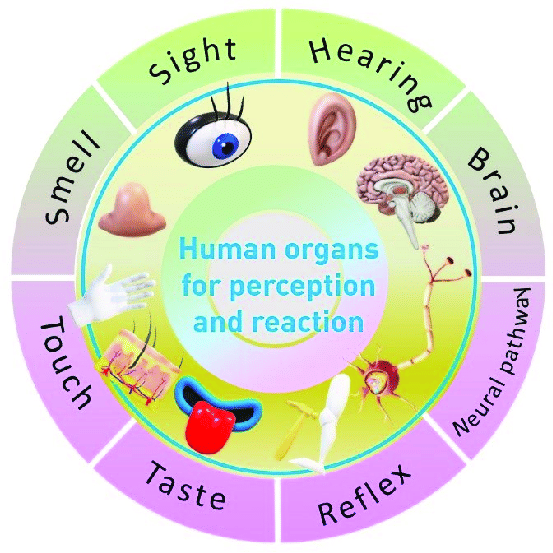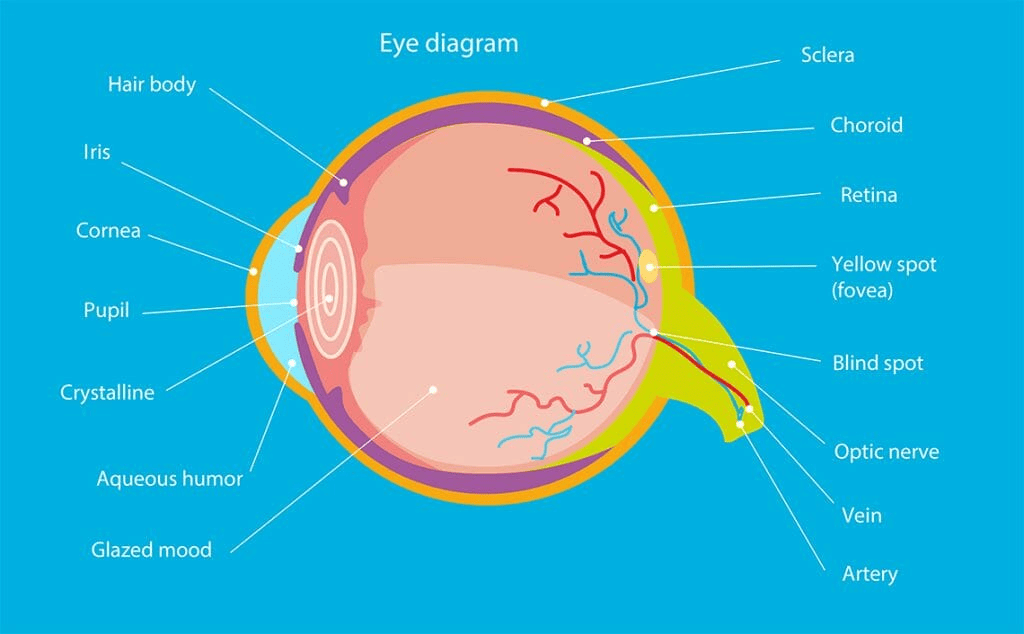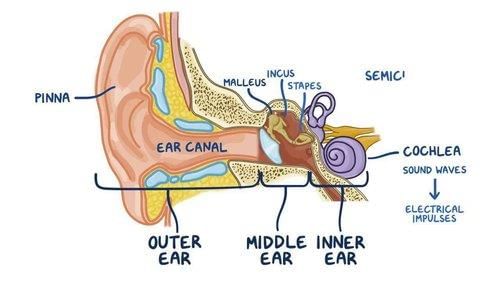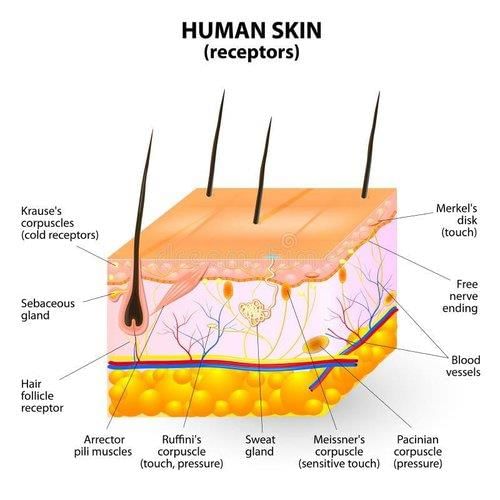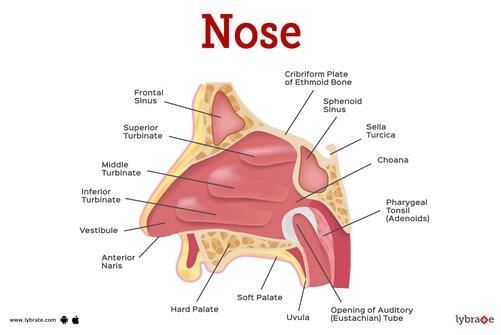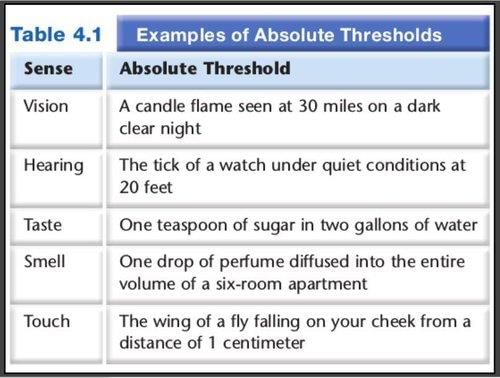|
Sense organs detect and register information about objects in our environment, allowing us to focus on their attributes and integrate this sensory information into our understanding.
|
Card: 2 / 50 |
|
Fill in the blank: The brain processes sensory information by integrating sensation and ___ into our understanding. |
Card: 5 / 50 |
|
Fill in the blank: Tactile stimuli are detected by our ___, which is responsible for sensations of touch, warmth, cold, and pain. |
Card: 11 / 50 |
|
Multiple Choice: Which of the following is NOT a type of sensory stimulus? A) Visual B) Auditory C) Emotional D) Tactile |
Card: 15 / 50 |
|
Fill in the blank: Humans have seven specialized sense organs known as ___ or information-gathering systems. |
Card: 17 / 50 |
|
True or False: The only way to register information about objects is through visual stimuli. |
Card: 19 / 50 |
|
False. Information can be registered through various stimuli, including auditory, olfactory, gustatory, and tactile. 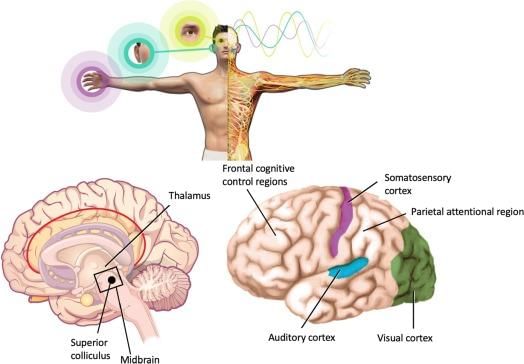 |
Card: 20 / 50 |
 Unlock all Flashcards with EduRev Infinity Plan Starting from @ ₹99 only
|
|
False. The vestibular system provides information about balance and spatial orientation. 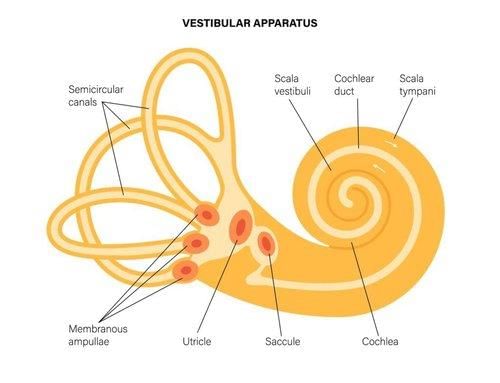 |
Card: 26 / 50 |
|
Fill in the blank: The skin is responsible for sensing ___, warmth, cold, and pain. |
Card: 27 / 50 |
|
We can perceive brightness or dimness of light, loudness or faintness of sound, variety of smells, and tactile sensations. |
Card: 30 / 50 |
|
Multiple Choice: Which sense organ is primarily responsible for smell? A) Eyes B) Ears C) Nose D) Tongue |
Card: 31 / 50 |
|
Fill in the blank: Our sensory organs allow us to perceive ___ different types of stimuli. |
Card: 33 / 50 |
|
Sensation is the initial experience of a stimulus or object registered by a sense organ, involving the detection and encoding of various physical stimuli. |
Card: 36 / 50 |
|
Fill in the blank: The absolute threshold (AL) is the minimum value of a stimulus required to activate a sensory system, such as the point at which water tastes ___ after adding sugar granules. |
Card: 37 / 50 |
|
True or False: The difference threshold (DL) represents the smallest change in a physical stimulus that produces a sensation difference in 100% of the trials. |
Card: 39 / 50 |
|
False. The DL represents the smallest change that produces a sensation difference in 50% of the trials. 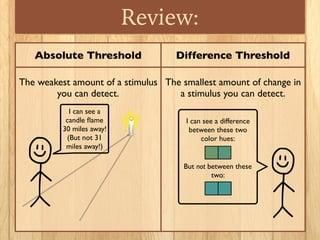 |
Card: 40 / 50 |
|
Sensory processes depend on both the characteristics of the stimulus and the functioning of sense organs and neural pathways, as stimuli must be encoded into electrical impulses that reach higher brain centers to be perceived.  |
Card: 42 / 50 |
|
Human sensory organs have limitations in sensing stimuli, operate within a limited range of stimulation, and require optimal intensity or magnitude for a stimulus to be noticed. |
Card: 44 / 50 |
|
Attention primarily involves the selection of a particular stimulus from a set of available stimuli. What are the three key properties of attention? |
Card: 45 / 50 |
|
The three key properties of attention are alertness, concentration, and search. |
Card: 46 / 50 |
|
Fill in the blank: The process of looking for a particular subset of stimuli among a larger set is known as ___. |
Card: 47 / 50 |
|
True or False: Sustained attention refers to the ability to quickly switch focus from one stimulus to another. |
Card: 49 / 50 |
|
False. Sustained attention refers to the capacity to maintain focus on a particular stimulus over an extended period. 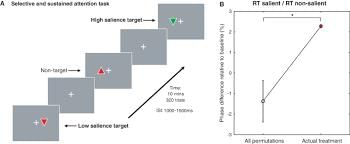 |
Card: 50 / 50 |





